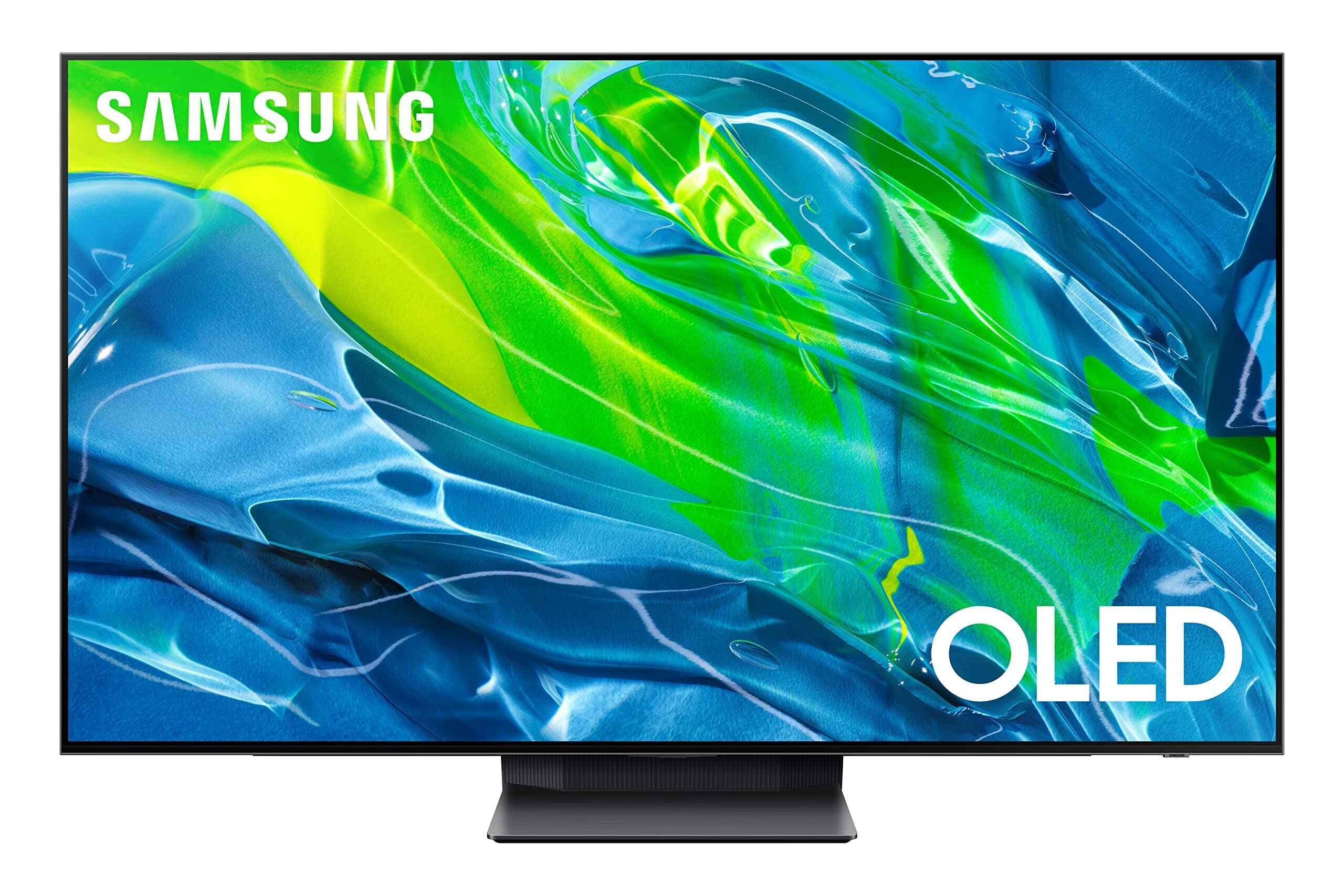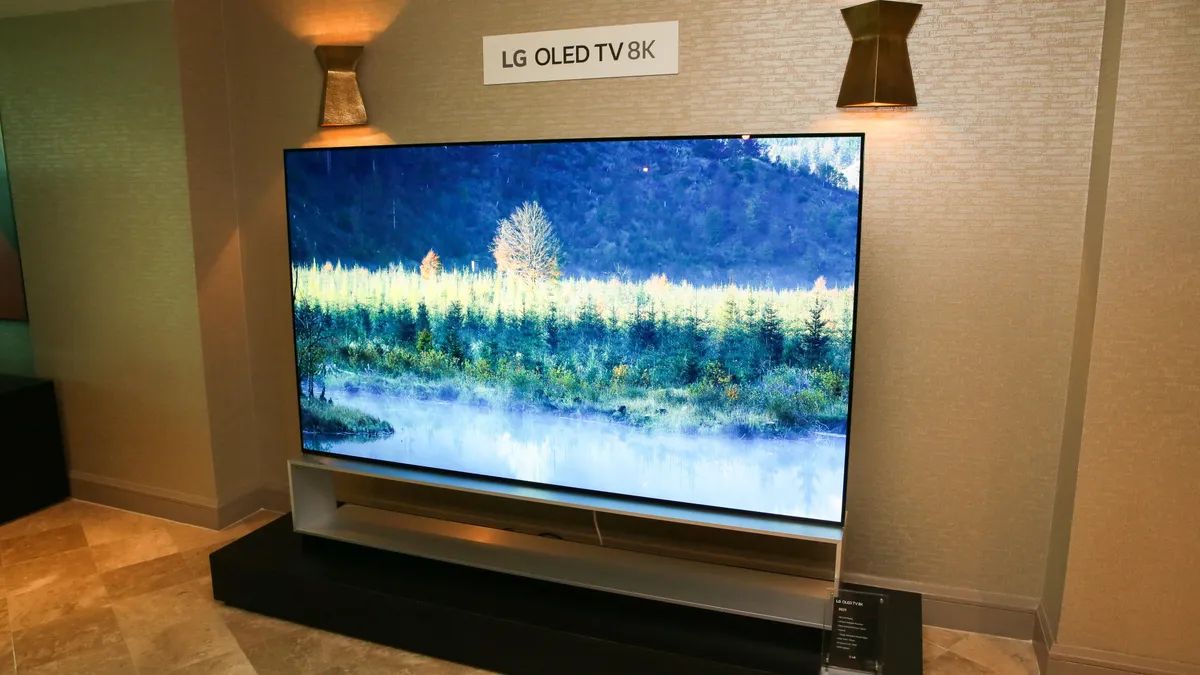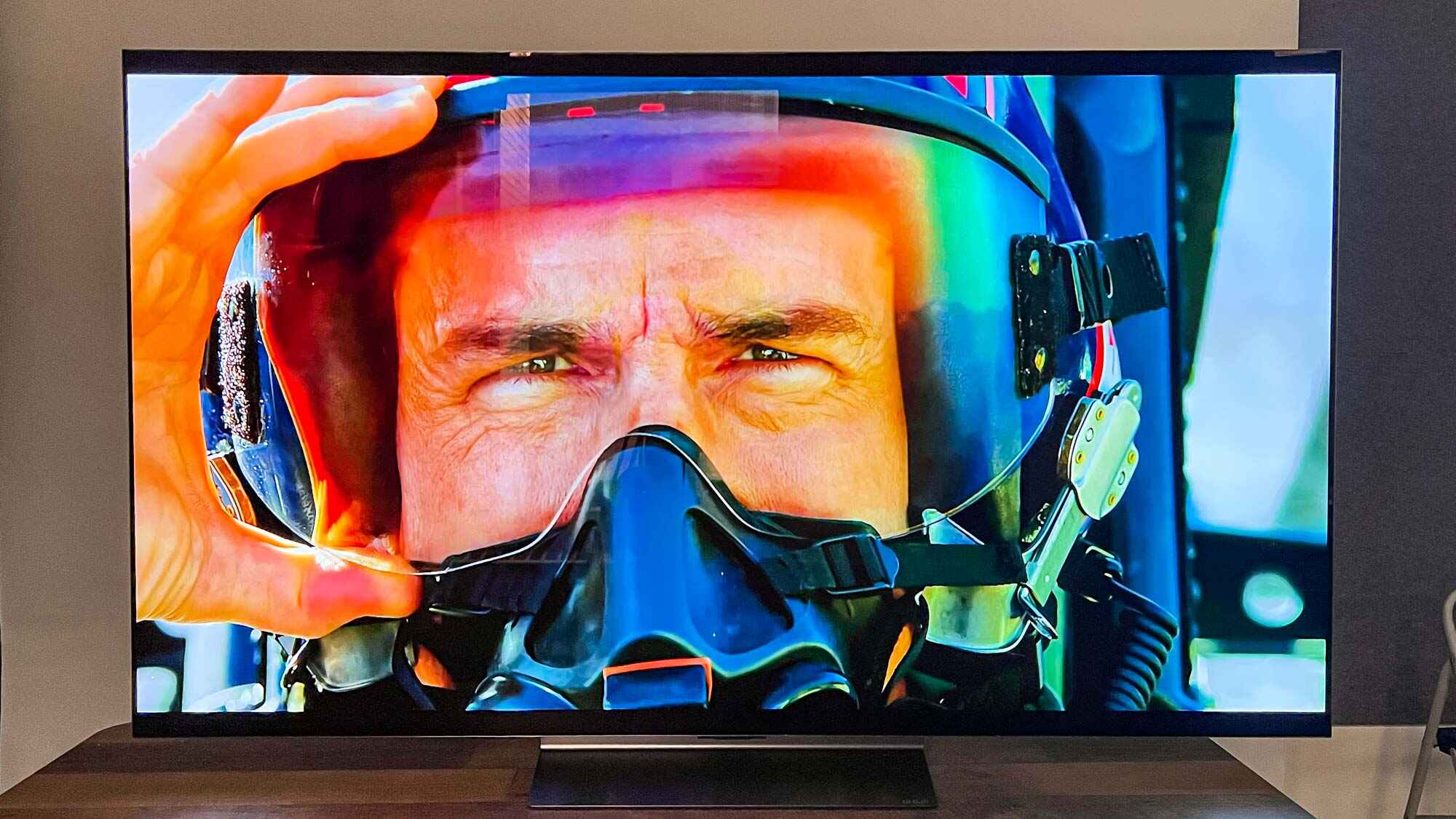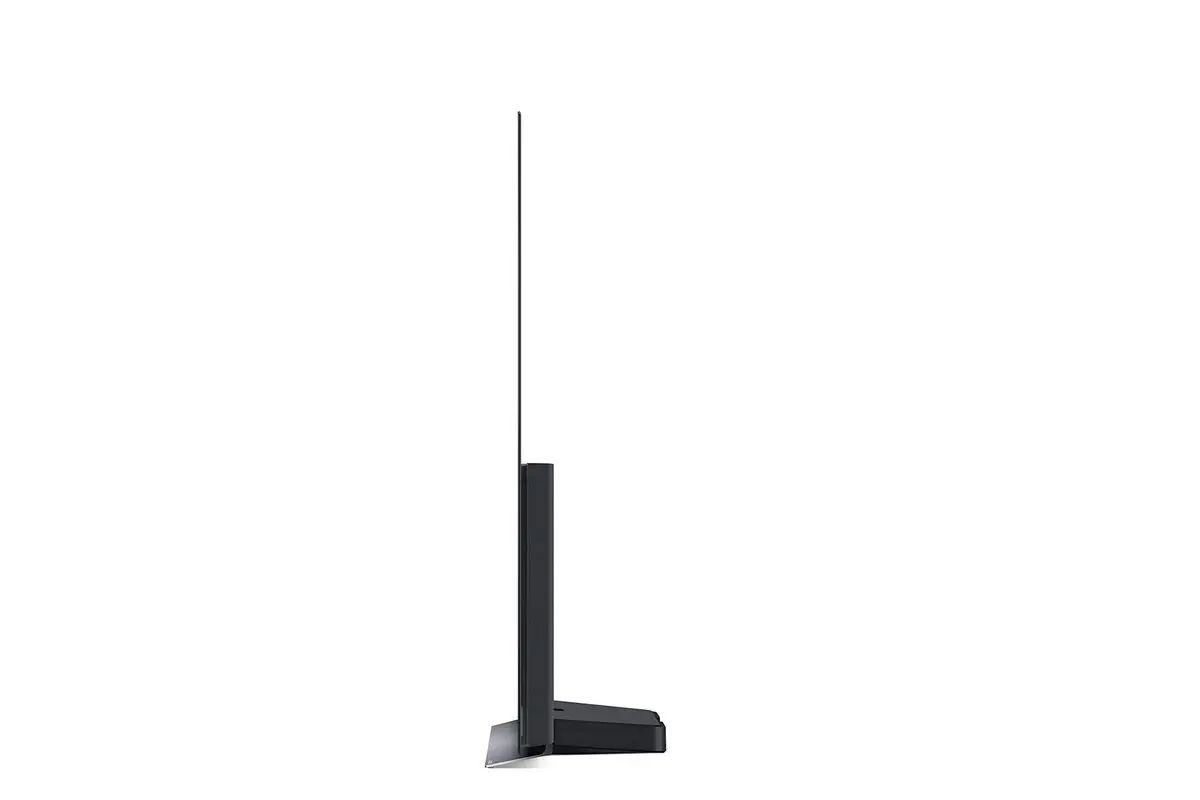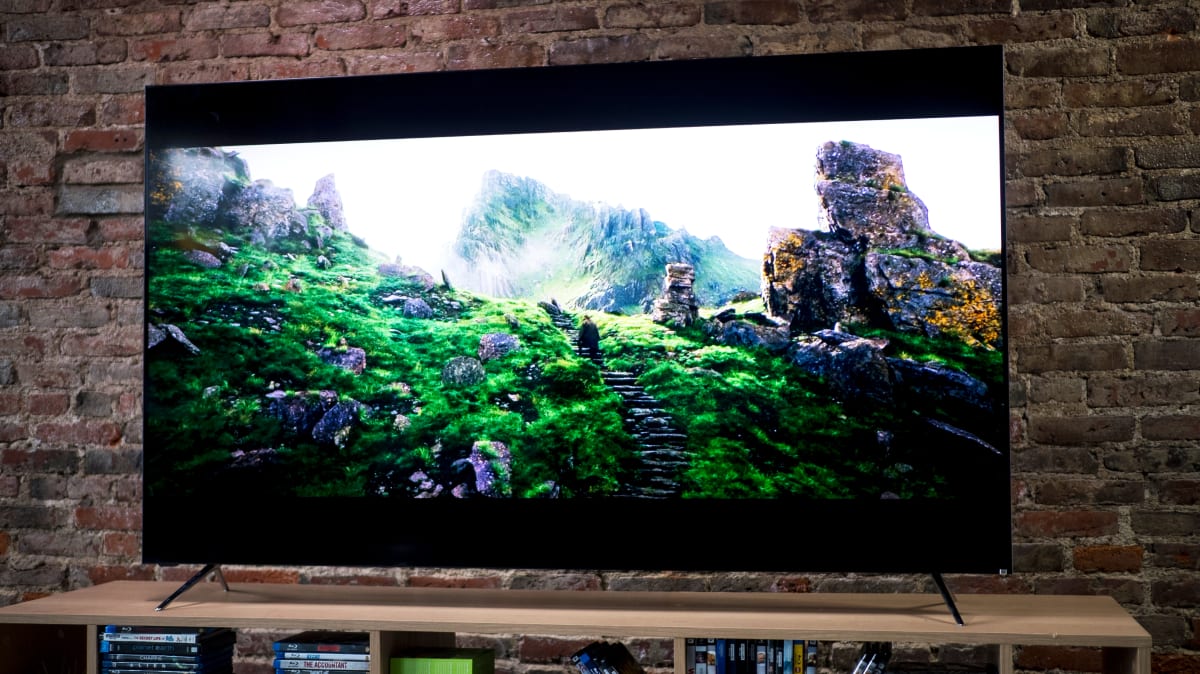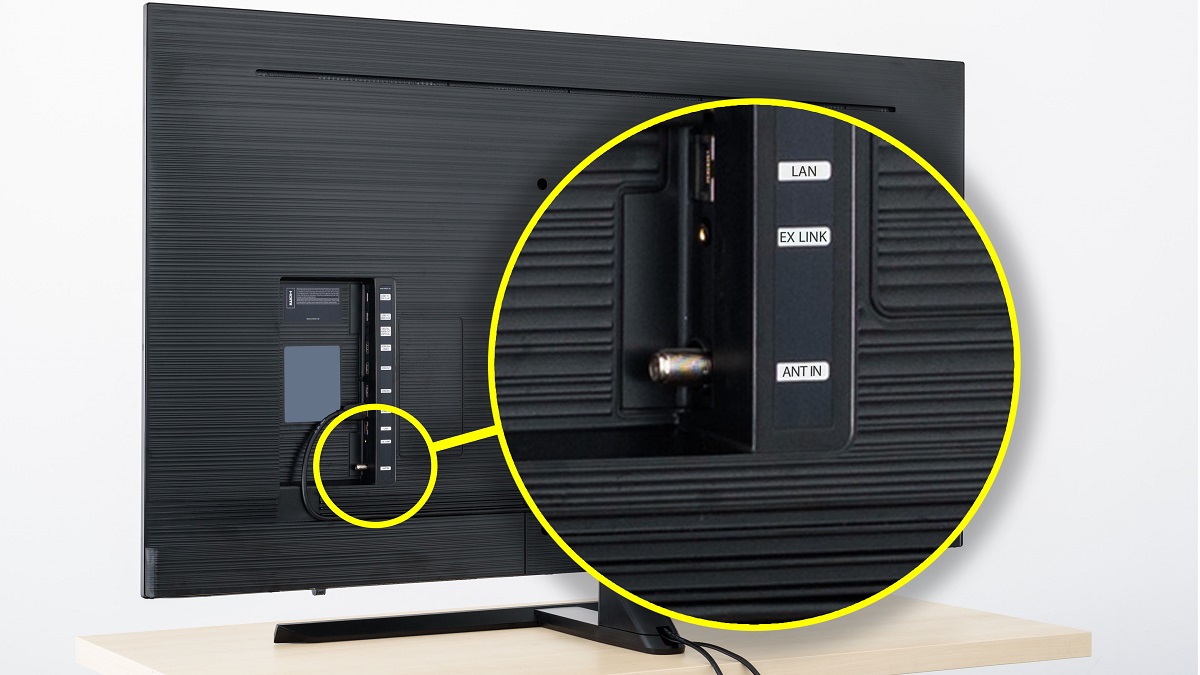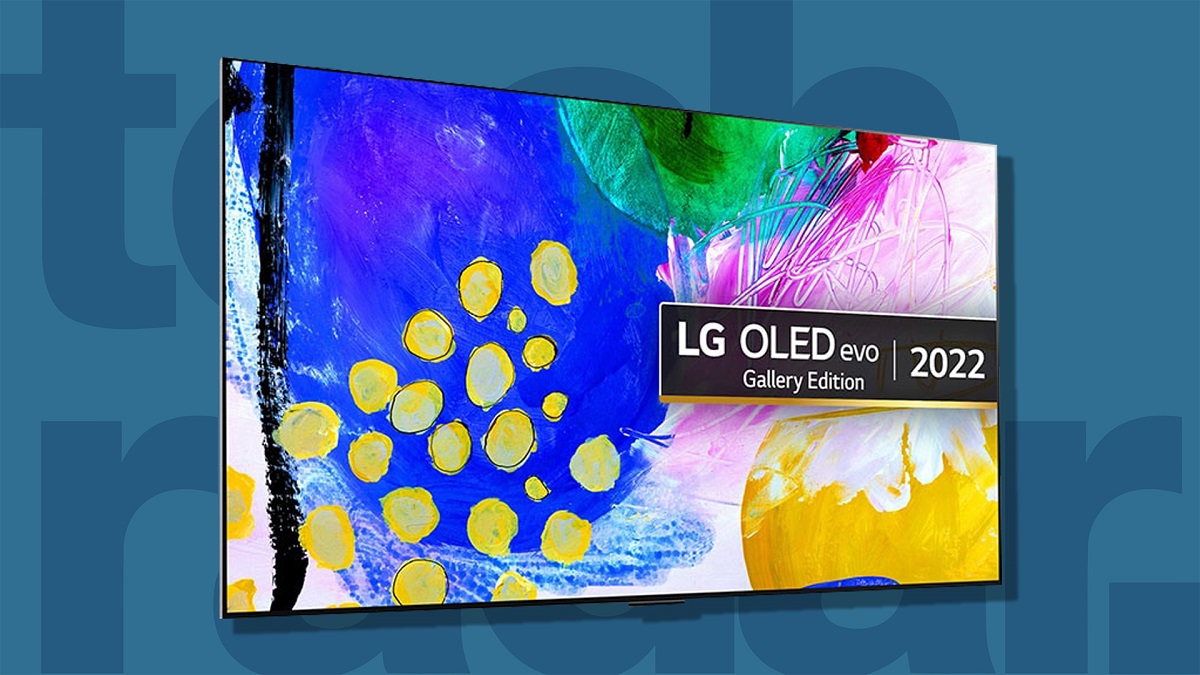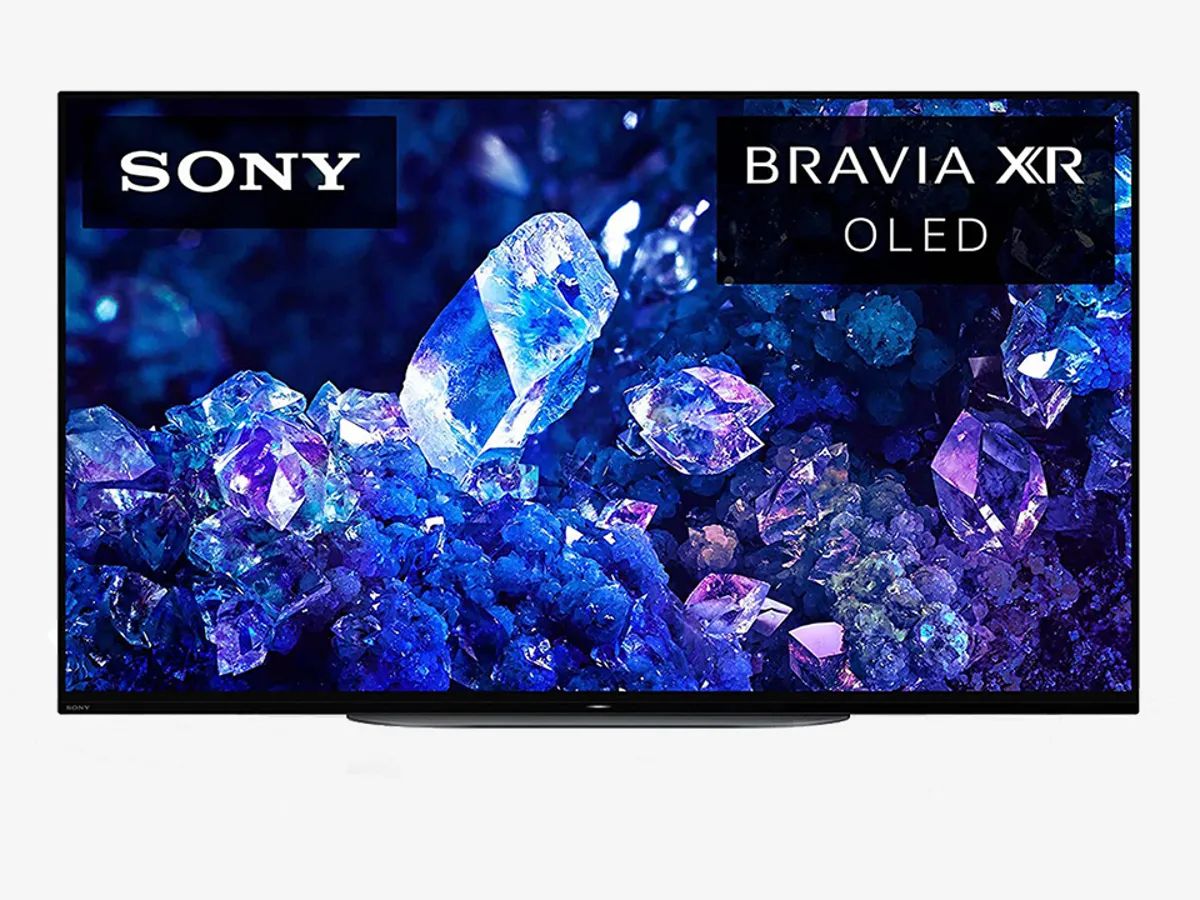Introduction
Welcome to the world of LG OLED TVs, where vibrant and lifelike colors bring your favorite movies, shows, and games to life. As you sit back and immerse yourself in the stunning visuals, have you ever wondered how these mesmerizing colors are produced? In this article, we will dive into the fascinating world of OLED display technology and explore the crucial role played by LG Display in supplying colors for LG OLED TVs.
OLED (Organic Light Emitting Diode) technology has revolutionized the television industry by offering remarkably thin and flexible displays with exceptional image quality. Unlike traditional LCD screens that rely on a backlighting system, OLED TVs utilize self-emitting pixels that generate light and color individually. This capability allows for unrivaled contrast, deep blacks, and incredibly vivid colors, making OLED the go-to choice for true picture enthusiasts.
But how are these vibrant colors actually created? The secret lies in the organic compounds used in OLED displays. When an electrical current is passed through these compounds, they emit light in different colors, including red, green, and blue (RGB). By combining and controlling the intensity of these primary colors at a pixel level, OLED TVs can reproduce a vast range of colors with astounding accuracy and richness.
Now, let’s delve into the fascinating world of LG Display and its role in supplying colors for LG OLED TVs. LG Display is one of the world’s leading manufacturers of OLED panels, providing cutting-edge displays not only for LG Electronics but also for other renowned TV brands.
Understanding OLED Display Technology
OLED, which stands for Organic Light Emitting Diode, is a display technology that has become increasingly popular in recent years. Unlike traditional LCD (Liquid Crystal Display) panels, OLED screens use organic materials that emit light when an electric current is applied to them. This unique characteristic eliminates the need for a separate backlight, allowing OLED TVs to be much thinner and capable of producing deeper blacks and more vibrant colors.
The foundation of OLED technology lies in the organic compounds that make up the pixels on the display. These compounds consist of carbon-based materials that emit light when stimulated electrically. Each pixel contains sub-pixels that emit red, green, and blue light, which combine to create a wide spectrum of colors.
One of the key advantages of OLED technology is its ability to achieve true blacks. Unlike LCD displays that use a backlight, OLED pixels can individually turn off completely when displaying black, resulting in an infinite contrast ratio. This capability enhances the overall image quality and brings unparalleled depth and detail to dark scenes.
Another significant advantage of OLED is its wide viewing angles. Since each pixel emits its own light, OLED displays can maintain consistent color and contrast even when viewed from extreme angles. This makes OLED TVs ideal for larger rooms or households with multiple viewers.
Additionally, OLED TVs offer faster response times compared to traditional LCD displays. This is particularly beneficial for fast-paced content such as sports or action movies, as it reduces motion blur and provides a smoother viewing experience.
Furthermore, OLED technology enables exceptional color accuracy and reproduction. With the ability to individually control the intensity of each sub-pixel, OLED displays can accurately reproduce a wide range of colors, ensuring that images appear vibrant and lifelike.
It is worth noting that OLED displays, while offering exceptional picture quality, can be susceptible to temporary image retention known as “burn-in.” This occurs when static images are displayed on the screen for extended periods. However, modern OLED TVs employ various techniques, such as pixel shifting and screen savers, to mitigate the risk of burn-in.
In the next section, we will explore how these vibrant colors are produced specifically in LG OLED TVs and the role of LG Display in supplying them.
How Colors Are Produced in OLED TVs
Colors in OLED TVs are produced through a combination of organic compounds and advanced display technologies. Each pixel in an OLED display contains sub-pixels that emit red, green, and blue light, which mix together to create a wide range of colors.
When an electric current is applied to the organic compounds within the pixels, they emit light in different intensities. By adjusting the amount of current flowing through each sub-pixel, OLED TVs can achieve precise control over the color and brightness of each pixel on the screen. This capability allows for excellent color accuracy and vibrant imagery.
The organic compounds used in OLED displays consist of emissive layers that emit light when electrically stimulated. These layers are responsible for the creation of red, green, and blue light, the primary colors used to produce all other shades. By manipulating the intensity of these primary colors, OLED displays can accurately reproduce millions of different hues, resulting in incredibly lifelike and true-to-life images.
Another important aspect of color production in OLED TVs is the use of color filters. These filters are placed on top of the pixels to precisely tune the wavelength of light emitted by each sub-pixel. By controlling the size and arrangement of the color filters, OLED displays can achieve a wide color gamut, ensuring vivid and saturated colors.
To enhance color accuracy and ensure consistent performance across their OLED TVs, manufacturers like LG employ advanced calibration and color management techniques. Through rigorous testing and calibration processes, the TVs are fine-tuned to meet industry standards and provide users with the most accurate and pleasing color reproduction.
It’s important to note that color accuracy in OLED TVs can also be enhanced through external partnerships. One such partnership is between LG and Technicolor, a leading provider of color and content solutions. By consulting with Technicolor, LG ensures that their OLED TVs deliver superior color accuracy, resulting in an immersive and visually stunning viewing experience.
Now that we have explored the production of colors in OLED TVs, let’s take a closer look at the significant role played by LG Display in supplying these mesmerizing colors for LG OLED TVs in the next section.
The Role of LG Display in Providing Colors for LG OLED TVs
When it comes to supplying colors for LG OLED TVs, the critical player behind the scenes is LG Display. As one of the world’s leading manufacturers of OLED panels, LG Display plays a pivotal role in delivering the stunning visuals and vibrant colors that make LG OLED TVs stand out from the competition.
LG Display specializes in the production of OLED panels, which serve as the foundation of OLED TVs. These panels are meticulously engineered to provide exceptional color accuracy, contrast, and brightness, ensuring an immersive viewing experience for consumers.
At the heart of LG Display’s OLED technology is their innovative pixel structure. Each pixel in an LG OLED panel is made up of self-emissive sub-pixels that can individually emit light in various colors. This level of control enables LG OLED TVs to achieve precise color reproduction, resulting in lifelike images and breathtaking visuals.
Furthermore, LG Display employs advanced manufacturing processes to maximize the efficiency and longevity of their OLED panels. Through continuous research and development, they have significantly reduced power consumption while maintaining excellent picture quality. This not only benefits consumers by reducing energy costs but also contributes to a more sustainable and eco-friendly technology.
LG Display’s dedication to quality is evident in the rigorous testing and quality control measures they implement throughout the manufacturing process. Each OLED panel undergoes an extensive inspection to ensure it meets the highest standards of performance and reliability. This commitment to quality is instrumental in delivering OLED panels that consistently provide exceptional color accuracy and uniformity.
LG Display’s close collaboration with LG Electronics, the manufacturer of LG OLED TVs, enables a seamless integration of their OLED panels into the final product. Through continuous communication and joint research, LG Display and LG Electronics work hand in hand to optimize color performance and enhance the overall visual experience offered by LG OLED TVs.
By supplying LG OLED TVs with their superior OLED panels, LG Display plays a vital role in providing viewers with an unparalleled visual experience. From vivid and accurate colors to exceptional contrast and brightness, LG Display’s commitment to innovation and quality sets the foundation for the breathtaking visuals that LG OLED TVs are renowned for.
Next, we will explore the partnership between LG and Technicolor, a leader in color and content solutions, and its impact on color accuracy in LG OLED TVs.
Consultation with Technicolor for Enhanced Color Accuracy
As a testament to their commitment to delivering the best possible color accuracy in their OLED TVs, LG has partnered with Technicolor, a renowned provider of color and content solutions. This collaboration allows LG to leverage Technicolor’s expertise and industry-leading technologies to further enhance the color performance of their OLED TVs.
Technicolor is widely recognized for its color grading and mastering solutions used in the film and television industry. Their expertise in color science and image processing has made them a trusted name when it comes to achieving accurate and visually appealing color reproduction.
Through their partnership, LG and Technicolor work together to develop and implement advanced color management systems. These systems are designed to ensure that colors are reproduced on LG OLED TVs with the utmost fidelity and precision, faithfully capturing the director’s intended vision.
One significant aspect of this collaboration is Technicolor’s certification program, which involves extensive testing and verification of LG OLED TVs’ color accuracy. This certification program evaluates various aspects of color reproduction, including color gamut, color volume, and color mapping, among others.
By subjecting their OLED TVs to Technicolor’s rigorous testing protocols, LG ensures that every unit meets the highest standards of color fidelity. This certification not only assures consumers of accurate and vibrant colors but also provides them with the confidence that they are investing in a television that delivers the truest representation of the content they are watching.
Through the consultation with Technicolor, LG gains access to valuable insights and recommendations for further fine-tuning their color reproduction algorithms and display technologies. This collaboration enables LG to continually enhance the color accuracy and visual performance of their OLED TVs, ensuring a remarkable viewing experience for their customers.
It is worth noting that Technicolor’s involvement extends beyond just color accuracy. They also contribute to optimizing HDR (High Dynamic Range) performance in LG OLED TVs, ensuring that the full potential of HDR content is realized with enhanced contrast, brightness, and color depth.
Overall, the partnership between LG and Technicolor highlights LG’s dedication to perfecting color accuracy in their OLED TVs. By working closely with Technicolor and incorporating their industry-leading color expertise, LG is able to provide consumers with OLED TVs that deliver breathtakingly accurate and vibrant colors, elevating the overall viewing experience.
Now, let’s explore another technology that enhances the color performance of LG OLED TVs – Dolby Vision.
Dolby Vision: Elevating Color Performance in LG OLED TVs
When it comes to taking color performance to the next level, LG OLED TVs incorporate Dolby Vision, a cutting-edge HDR technology developed by Dolby Laboratories. Dolby Vision enhances the color accuracy and visual quality of LG OLED TVs, providing viewers with an immersive and dynamic viewing experience.
Dolby Vision utilizes a proprietary workflow that allows content creators to deliver their artistic vision directly to viewers’ screens. It encompasses a combination of industry-leading image processing and metadata, ensuring that the original colors and details intended by the content creators are faithfully reproduced on LG OLED TVs.
One of the key features of Dolby Vision is its support for a wider color gamut, which encompasses a broader range of colors than standard dynamic range (SDR) content. This expanded color palette allows for more realistic and nuanced colors, resulting in a more immersive and lifelike viewing experience.
In addition to wider color gamut, Dolby Vision also supports high dynamic range (HDR) capabilities. This technology improves the luminance and contrast levels of the displayed content, allowing for deeper blacks, brighter highlights, and finer gradations of color. The combination of enhanced color accuracy and dynamic range provides viewers with a truly captivating and true-to-life visual experience.
To fully maximize the capabilities of Dolby Vision, LG OLED TVs are equipped with dynamic metadata. This metadata provides scene-by-scene instructions to the TV on how to optimize the color, brightness, and contrast settings, ensuring the most accurate and impactful representation of the content being viewed.
Moreover, LG’s partnership with Dolby enables the seamless integration of Dolby Vision into their OLED TVs. LG works closely with Dolby to fine-tune their display technologies and ensure optimal performance of Dolby Vision on LG OLED screens.
It’s important to note that Dolby Vision content is widely available, with support from leading streaming services, studios, and content creators. This ensures that viewers have access to a vast library of Dolby Vision content, including movies, TV shows, and documentaries, enabling them to fully experience the enhanced color performance of LG OLED TVs.
By incorporating Dolby Vision into their OLED TVs, LG allows viewers to witness colors in a whole new light. The combination of LG’s superior OLED display technology and Dolby Vision’s advanced HDR capabilities elevates the color performance to new heights, providing viewers with a truly immersive and visually stunning entertainment experience.
After exploring the role of Dolby Vision in enhancing color performance, we will conclude with a recap of the key takeaways from this article.
Conclusion
In this article, we have delved into the fascinating world of OLED display technology and explored how colors are produced in LG OLED TVs. From the utilization of organic compounds to the precise control of sub-pixels, OLED technology allows for vibrant and lifelike colors that captivate viewers.
We have also highlighted the crucial role of LG Display in supplying the exceptional OLED panels that power LG OLED TVs. Through their expertise and commitment to quality, LG Display ensures that every pixel on the screen accurately reproduces colors, providing viewers with a stunning visual experience.
Furthermore, we discussed LG’s partnership with Technicolor, which focuses on enhancing color accuracy. By consulting with Technicolor, LG leverages their expertise to fine-tune the color performance of their OLED TVs, resulting in accurate and visually appealing color reproduction.
In addition, we explored the integration of Dolby Vision, a powerful HDR technology, into LG OLED TVs. Dolby Vision takes color performance to new heights by expanding the color gamut, enhancing dynamic range, and providing scene-by-scene optimization, delivering a truly immersive and realistic viewing experience.
As technology continues to evolve, LG remains at the forefront of innovation, constantly pushing the boundaries of color reproduction and visual quality. The combination of LG’s OLED display technology, partnerships with industry leaders, and dedication to providing the best possible viewing experience ensures that LG OLED TVs deliver breathtakingly accurate and vibrant colors, captivating viewers with every frame.
So, whether you’re watching your favorite movies, catching up on the latest TV shows, or playing immersive games, LG OLED TVs with their exceptional color performance will leave you amazed and fully immersed in the world of captivating visuals.
Thank you for joining us on this journey through the captivating world of colors in LG OLED TVs. Enjoy the breathtaking visuals and immerse yourself in the vibrant hues that bring your entertainment to life!







